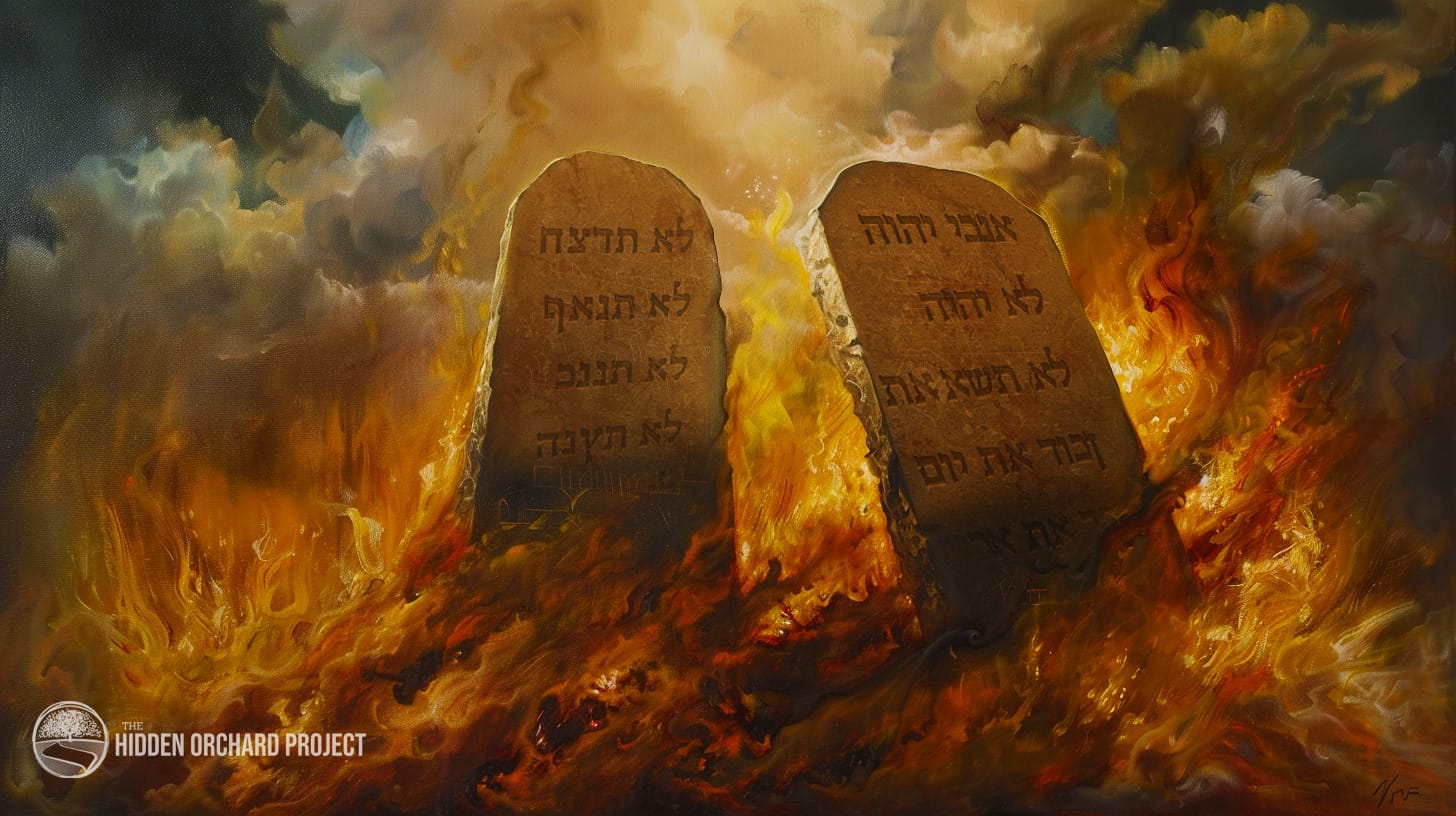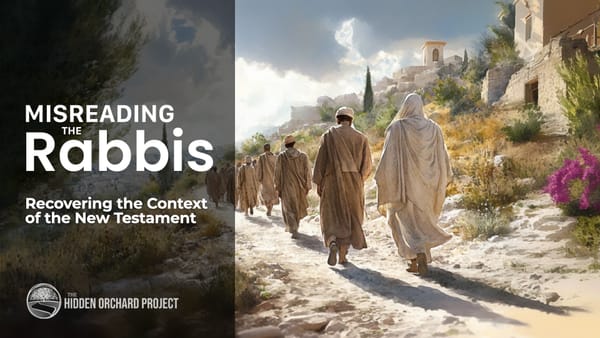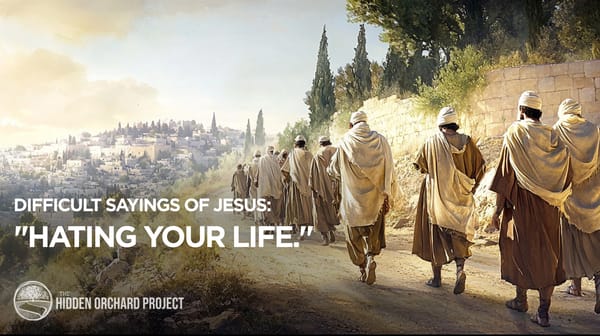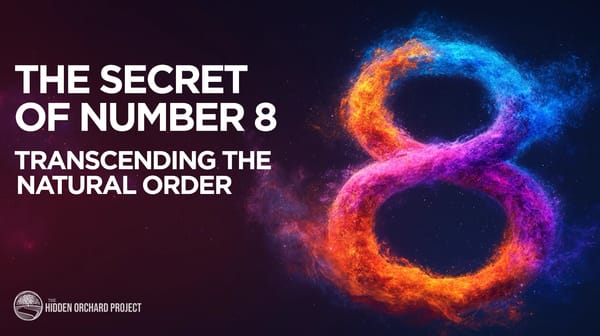The Missing Context of the New Testament - pt. 1
One of the most important components to understanding the "New Testament" is found amid an incident that most Bible readers have never heard of. We'll learn how a particular disagreement between predominant Pharisaic schools shaped the contours and the perplexing milieu of first-century Judaism.
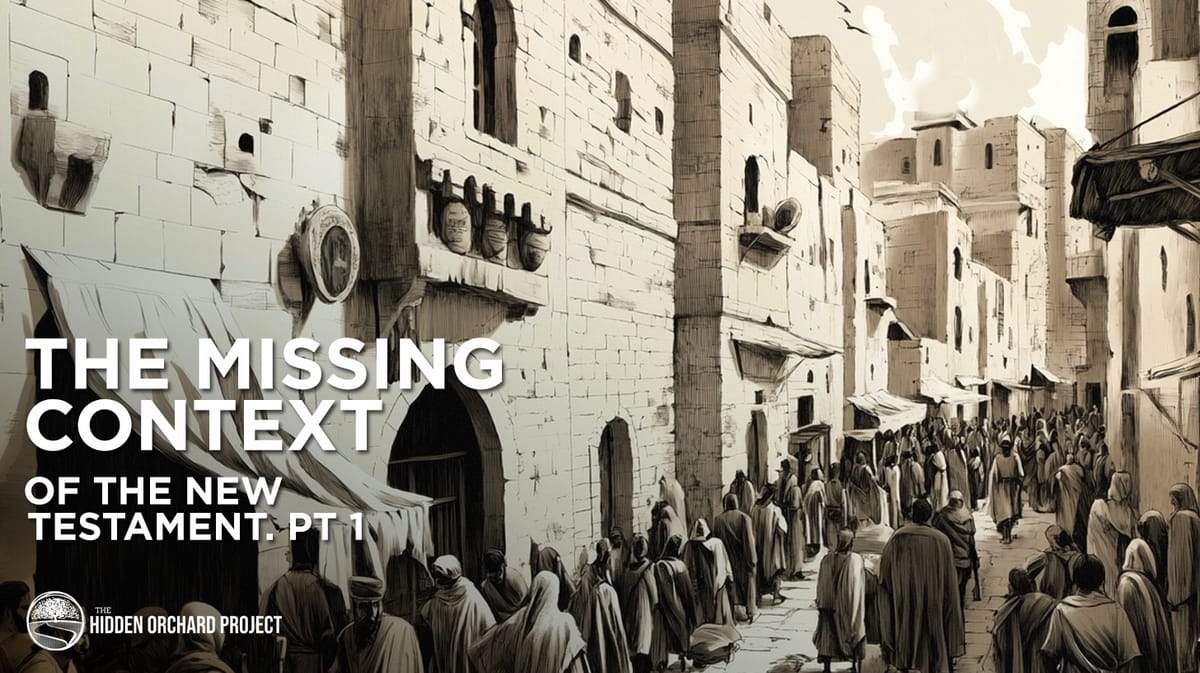
One of the most important components to understanding the "New Testament" is found amid an incident that most Bible readers have never heard of. We'll learn how a particular disagreement between predominant Pharisaic schools shaped the contours and the perplexing milieu of first-century Judaism.
To organize our focal points, we'll review the following concepts;
- First-Century Sectarianism
- Purity amid Pagans
- Gentile Inclusion
1. First-Century Sectarianism
In the Diaspora
By the early first century (CE), more Jews lived outside of the land of Israel than inside, which caused a host of new problems. Many stayed behind in Babylon, and many others dispersed across the Roman Empire. Though largely tolerant of Jewish religion, the Roman empire brought a steady parade of obligatory pagan holidays and engagements to its citizenry. Naturally, the proximity and exposure to various cultures brought a certain amount of influence upon diasporic Jewish communities and halachic (Jewish legal) quandaries.
For example, how does a religious person live amid the pervasive idolatrous practices, many of which violate the Torah? Or, is it ok to buy meat from pagan vendors - how does one tell the difference exactly? Is it permissible to use currency with the image of the Emperor, who portrayed himself as a deity, on it? (If you recall, this is the nature of a question asked of Jesus.)
In Israel
Historians have discovered there were over 20 discernible streams of Judaism in mid-first-century Israel. This inevitably led to a diversity of thought around the various customs and observances.
Essential to keep in mind that codifications like the Mishnah and Talmud did not yet exist. Without these works, daily life was marked by disputes and disagreements as local Rabbis strove to resolve unprecedented challenges. This same problem would extend through Paul's communities - evidenced by various disputes - until the Jerusalem council met (around 50CE) and formally came to a working conclusion.
Thankfully, in the first part of the century, Rabbi Hillel and Rabbi Shammai resolved many of these highly nuanced problems. However, upon the passing of Rabbi Hillel (around 10CE), and later, Shammai (around 30CE) - their students struggled to bring clarity, and unity to these disputes.
From the time that the disciples of Shammai and Hillel grew in number, and they were disciples who did not attend to their masters to the requisite degree, dispute proliferated among the Jewish people and the Torah became like two Torahs. Two disparate systems of halakha developed, and there was no longer a halakhic consensus with regard to every matter. - Sanhedrin 88b
As time went on, the result was a challenging situation for everyday people to know up from down, pure from impure, and how best to observe the Torah. Jesus was not alone when he scolded those who would "tie up burdens too heavy" for the common people to lift.
2. Purity amid Pagans
At this time, the issue of paganism was a profound one. For Jews who toiled to maintain a state of ritual purity, idolatry brought a dangerous degree of Tumah (impurity). For example, touching an object connected with idolatry could cast one into a state requiring immediate remediation. Often, religious Jews found themselves in doubt as to what their status was after a trip to the marketplace.
This is important as the Torah teaches that a state of impurity severs one from the Divine Presence¹ (aka, Divine Inspiration, Holy Spirit). A degree of impurity can be imparted to others in the community. This condition can be devastating, making one vulnerable to further spiritual decline if not remedied.
Not apparent to many readers, the dynamics of purity are a persistent focal point behind many discussions in the New Testament. It is the backdrop to the handwashing dispute²; it is the primary focus behind the ruling in the Jerusalem council (Acts 15); and it is most likely why Jesus told his disciples not to go into the Gentile areas³.
According to the Torah, Gentiles were not subject to the same standards of physical purity observances as Jews. Subsequently, the prevailing assumption in the first century was that Gentiles were presumed to be in a state of impurity. This was largely due to their participation in idolatrous ceremonies, often required by the Roman Empire, but also because they possessed no means of rectifying these states.
As a protective hedge, the Sages operated under the assumption that whatever the pagans touched, up to and including the land, (and potentially, the airspace outside of Israel) - was impure⁴.
A Ruling
The Hebrew word for dispute is Makhloket, which means to 'make smooth'. The goal of a Rabbinic dispute is to blend (2) or more opinions, making a smooth, clean ruling from which the community can build upon.
As noted in the beginning, one significant dispute occurred between the schools of Hillel and Shammai on the 9th day of the month of Adar⁵. It is unclear exactly what year this occurred, whether before or after Rabbi Hillel passed away. Either way, the ruling absolutely impacted the events of the New Testament. The end result is often known as the "18 Measures".
Seeking to establish the extent that Jews should distance themselves from their pagan neighbors, the school of Hillel took a more moderate stance, one that allows for Gentile involvement. The school of Shammai, however, seemed to push for near-total separation.
In an uncharacteristic show of force, the school of Shammai won the day - enacting the 18 Measures, which effectively served as a general separation from interacting with Gentile pagans. Though not all Rabbis held this view, this ruling prevailed throughout the time of the New Testament. This is reflected in Peter's words to Cornelius;
And he said to them, You yourselves know how unlawful it is for a Jew to associate with or to visit anyone of another nation, but G_d has shown me that I should not call any person common or unclean - Acts 10:28
Notice Peter's vision is related to the issue of purity, as we will discuss in part 2.
Practically speaking, in most cases, avoiding pagans was a functional way to protect oneself. However, what about Gentiles who are not pagans? What about those who are already involved in a Jewish community like Cornelius? What about the time between their conversion, neither pagan nor Jew?
Remember, it was the position of Rabbi Hillel that allowed for Gentile inclusion, though it was the zealous students of Shammai who dominated this particular time up until the year 68-70CE.
This is the context of the New Testament.
3. Gentile Inclusion
Often missed is this; if Gentiles were in a perpetual state of impurity, they would certainly not be fit to receive Divine Inspiration. However, this new class of Gentiles - who are neither Jews nor Pagans - required further guidance. If not Jews, converts, or pagans, what are they? What is their status? Should they be converted or given some unique rules to set them apart from the pre-existing classes?
Some of the Apostolic communities' opinion was for them to undergo a formal conversion to Judaism. This; 1) provided an immediate protocol to follow, and 2) allowed for an exemption from participation in the Roman Empire's pagan celebrations. This is a factor throughout much of Paul's writings. We will unpack this more in part 2.
It is important to note that some Rabbis recognized that Gentiles, those who had left the world of idolatry, could receive the Divine presence. In language that echos Paul's, we read the following:
"I testify on myself heaven and earth, whether man or woman, whether gentile or Jew, whether slave-man or slave-woman, all people, according to his actions, the Ruach Hakodesh (holy spirit) will dwell on him". (i.e. anyone can reach Ruach HaKodesh even women, slaves, or non-Jews)." ~ Tana D'Bei Eliyahu 9
With this in mind, we can better understand the delicate balance of ideas and the unique context of the Gospels and the letters of Paul.
In Part 2, we will discuss how this unfolded in the Jerusalem Council.
Notes:
¹ Ruach HaKodesh & Holy Spirit
³ Matthew 10:5
⁴ Talmud Avodah Zara: https://www.sefaria.org/Avodah_Zarah?tab=contents
⁵ Talmud Shabbat 17a

